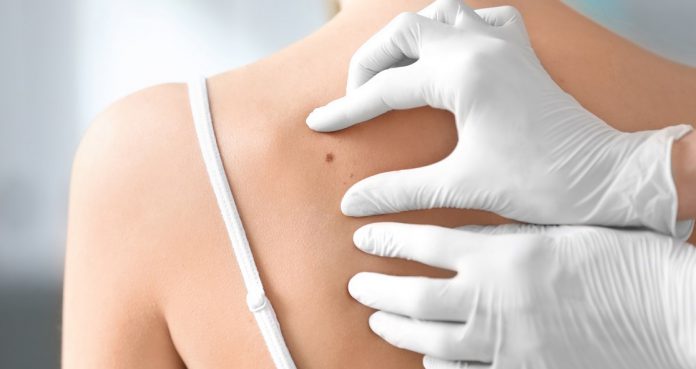A new study conducted by the researchers from QIMR Berghofer Medical Research Institute, Queensland, Australia, has found that 22 different genes are responsible for determining how much sun exposure you need to develop melanoma, a type of skin cancer.
The study published Thursday in the British Journal of Dermatology has also found that sun exposure in childhood could be a strong causative factor if they have a high genetic risk. And if they a low genetic risk, they may develop melanoma after a lifetime of sun exposure.
According to the CDC, skin cancer is the most common form of cancer in the United States. In 2016, there were more than 82,400 new cases of melanomas and nearly 8,188 people died of the condition in the United States. The CDC says for every 100,000 people, 22 new melanomas were reported.
Worldwide, Australia has been found to have the highest number of melanoma cases. More than 12,000 Australians are diagnosed with melanoma every year.
Lead study author and head of QIMR Berghofer Cancer Control Group David Whiteman explained that the study was conducted to understand the role of genetics and sun exposure in developing melanomas.
Whiteman said, “The study findings suggest that people with genes that predispose them to skin cancer only need modest levels of exposure to Australia’s sunny climate to develop this disease.”
“Our data show that people who are born and grow up in Australia have a 50 percent increased risk of melanomas, while those migrating to Australia as adults, who have the same genes, are less likely to develop the deadly disease,” he continued.
“This confirms that sun damage up to the age of about 20 is particularly dangerous for people with a higher genetic risk because it’s enough to trigger melanomas and they don’t need long, cumulative exposure as well,” Whiteman added.
The lead author also said, “It’s important to point out though that people who don’t carry the higher risk genes associated with skin cancer can still get melanomas –they just need to get a large enough dose of sunlight over their lifetime. These people will often have lots of sunspots as a result of that exposure.”
Study project manager Dr. Catherine Olsen said, “The QSkin data included information about place of birth, age at migration, sunburns and cumulative hours spent in the sun along with histories of squamous cell carcinoma, basal cell carcinoma and sunspots. It also included DNA information.” “We then followed those people from 2011 and learned about their melanoma diagnoses from the Cancer Registry, which allowed us to work out risks,” she added. “We want to dig deeper into what genes are involved in skin cancer, and that’s why we want more recruits for QSkin.”





















